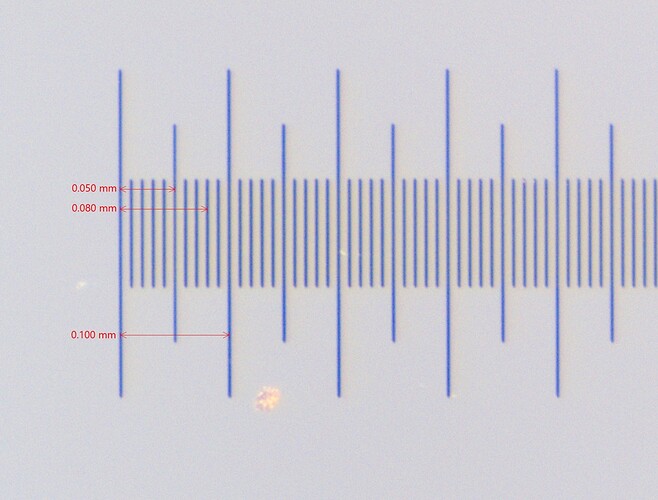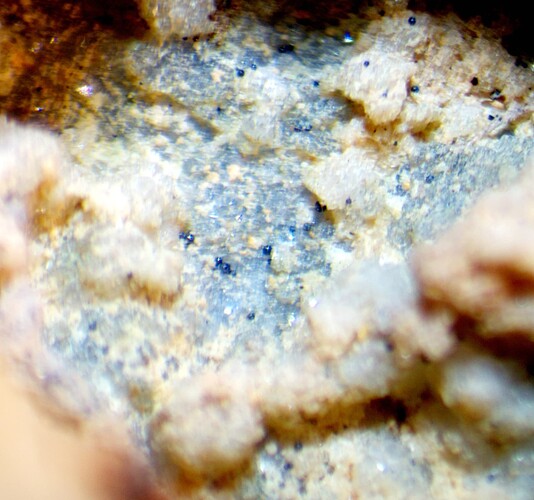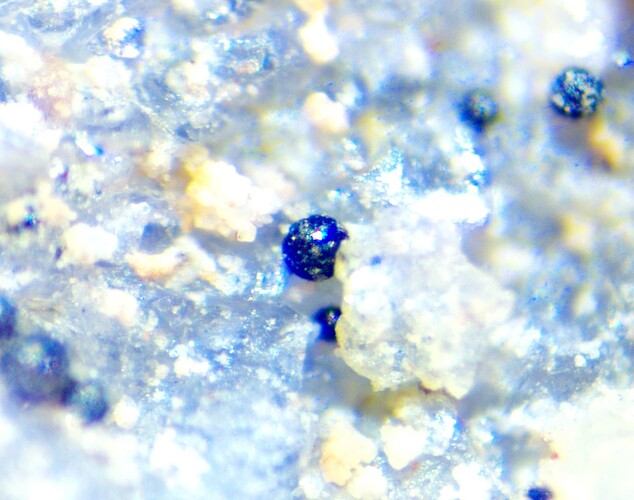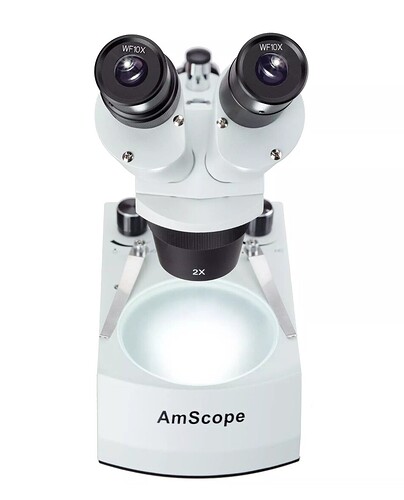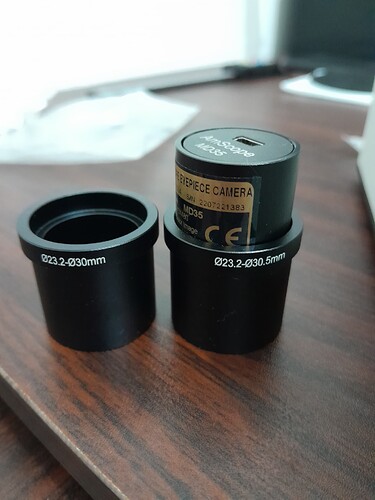Wanted to post a review of the microscope I purchased just over six months ago. I feel that I have had enough time working with it to make a non-biased assessment of its capabilities.
I bought the scope from here:
AmScope 3.5X-90X Jewelry Gem Stereo Microscope + Dual Halogen + 10MP U – Microscope Central.
This is not a paid endorsement for the vendor, but after taking some time reviewing the AmScope and comparing the features I was looking for, against a few other brands, the vendor above had the lowest price (at the time of purchase). Sellers on Amazon and Ebay have models similar to this, but the sellers on those platforms would not respond to my questions or didn’t have answers… so I looked elsewhere.
Setup time was quick and within an hour was viewing stones. ![]()
After the first hour or so of working with the instrument, I knew there were a few issues that I wanted to modify or wish I had considered during my search/comparison of similar units.
- A better stone holder. The jaws on this one feel abrasive on the stones. I have placed some black construction paper in the jaws to buffer them from scratches, but that has allowed some fuzzy particles to fall onto the gem. I would like to get one of the wire loop style holders. If anyone has suggestions for one, please chime in!
- The focus pinion is a bit gritty feeling, but it doesn’t bind up and seems to have fairly smooth motion. It only has a course adjustment. Takes a bit of time trying to tweak the focus, especially at high magnification. Could definitely use a fine adjustment gear (would have cost much more, though).
- Did not come with a polarizing filter. This is a complete oversight on my part. I should have searched for and ordered one.
- Halogen bulbs are fairly bright but they do get very hot!
… now that six months have passed by … here is my short list of Pros/Cons!
Pros:
- The optics are fairly decent and displays good alignment between the left and right oculars.
- Camera and Imaging Software are not hard to setup! This is my first time using this brand of digital camera and software on a microscope, so there is a learning curve with image capture and processing, but that’s part of the fun!
- Calibration graticule slide included (with camera kit). There are many useful measurements that can be taken with a good calibration. The software does not contain detailed instructions for performing a calibration, but I found a video on the subject.
This is a view of the calibration graticule at 90x magnification.
Cons:
- Optics are not perfectly aligned with the substage. Mast head location and the center-line of the pod’s optical path is not at same distance relative to the substage aperture. This has caused some loss of direct and indirect lighting when using the dark-field and bright-field illumination.
- Zoom magnification does not remain in focus when adjusting. Better optics would minimize this effect, however it will come at a much higher cost.
- Not an economical choice. This mid-grade instrument is at the upper edge of the price range where you can easily jump from under $1K to over $2K with just two “added features”. If I had the extra funds available back then to get the better platform, I probably would have. To update/upgrade this instrument will probably cost me more than if I had just paid an initial investment on a better quality scope.
Over all it is a good microscope! There are a few challenges to overcome, but for an instrument that cost less than $1,000 USD, it is not a bad choice. Every microscope I have used in my professional career easily costs five to ten times what I paid for this one. This instrument has really good and clear viewing through the oculars and is not bad at taking good quality images.
I guess I was being spoiled from the instruments at work initially. Unfortunately it tainted my expectations for a microscope in this price range. I have come to the realization that for the price, it really is a good instrument.
Here are a couple of images I took early on when I didn’t have a good understanding on the optical challenges and image processing. They turned out fairly good!
Distribution of metallic spheres found within a 10 x 12mm void of a calcite crystal nodule. This was 14x magnification (lowest usable level this microscope is capable of). You can see the limitations on the field depth. Not an issue because this image was taken at an oblique angle and understandably these instruments are not designed for wide views with large field depths.
90x magnification on the same central field. The sphere in the center is 0.091mm in diameter. Quite a few are smaller and some larger. Also, found a few that were broken and hollow!
